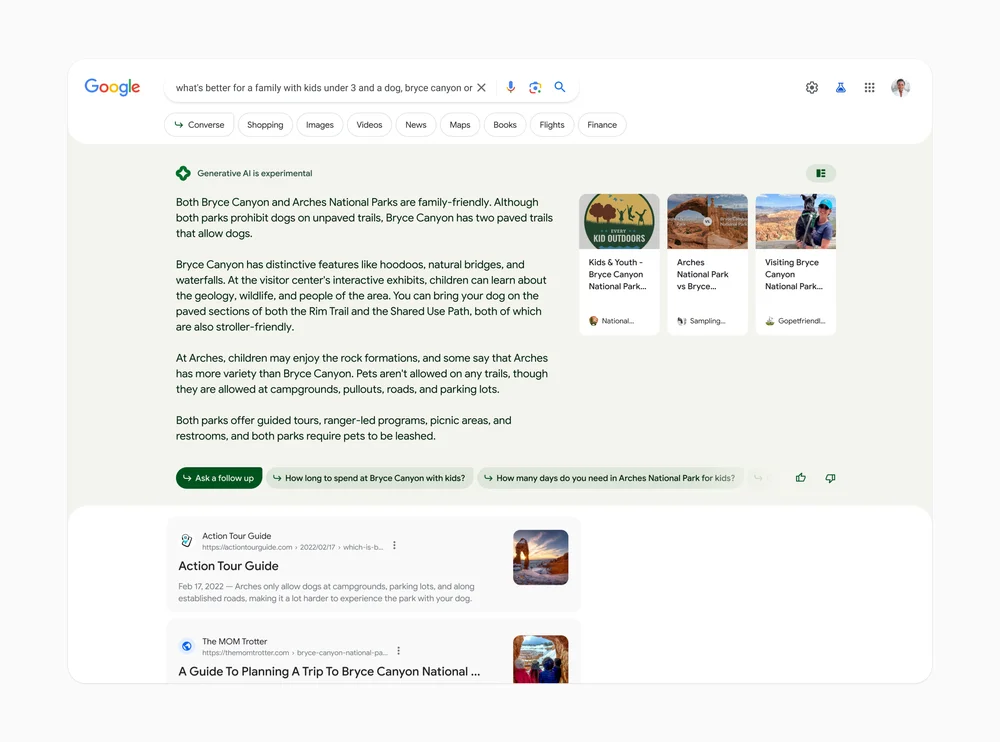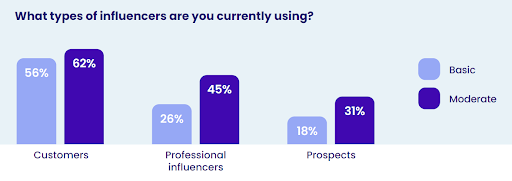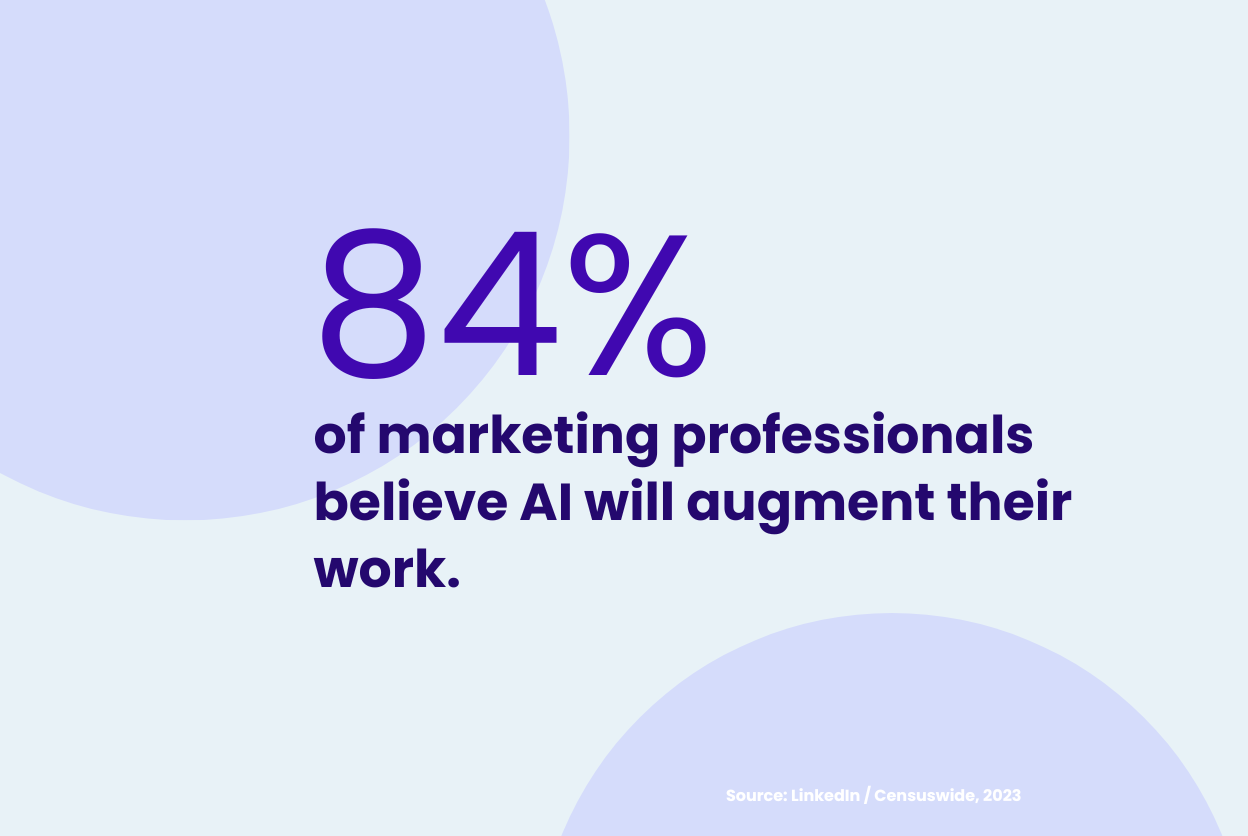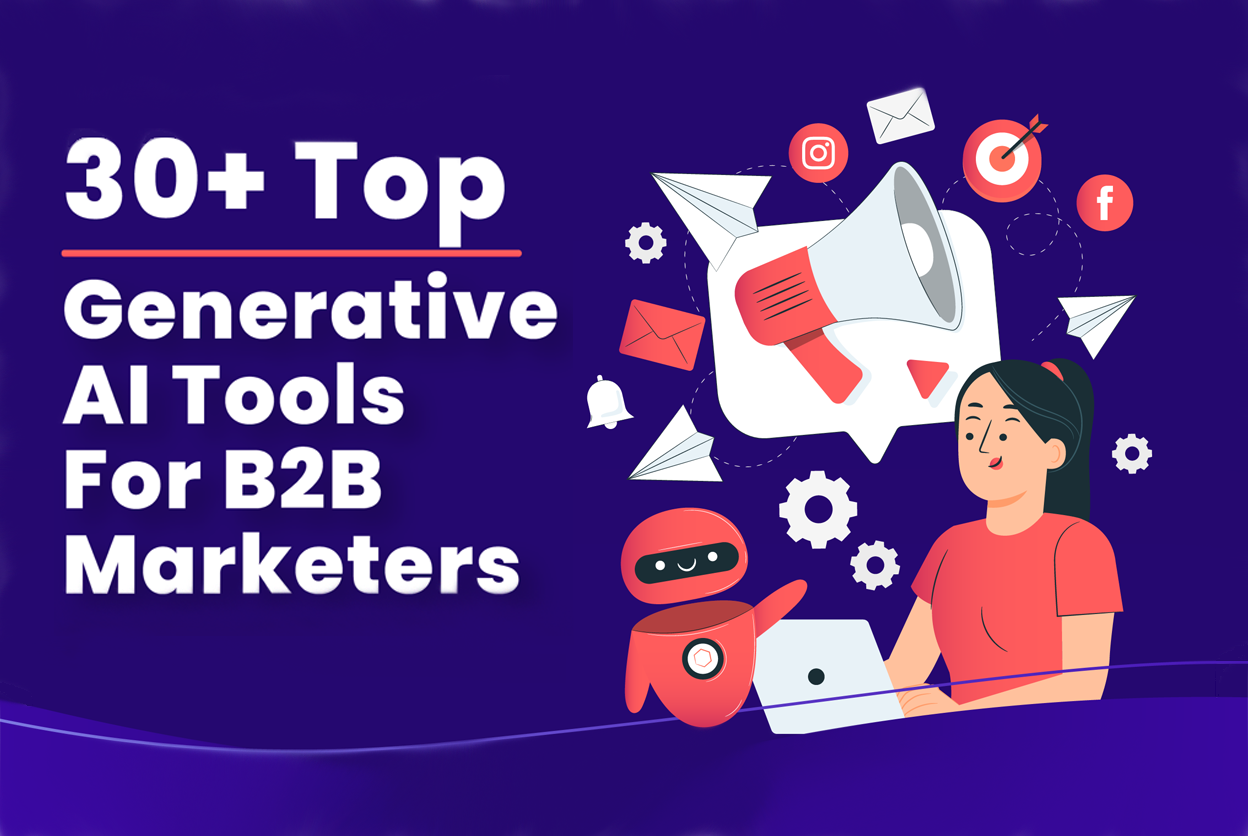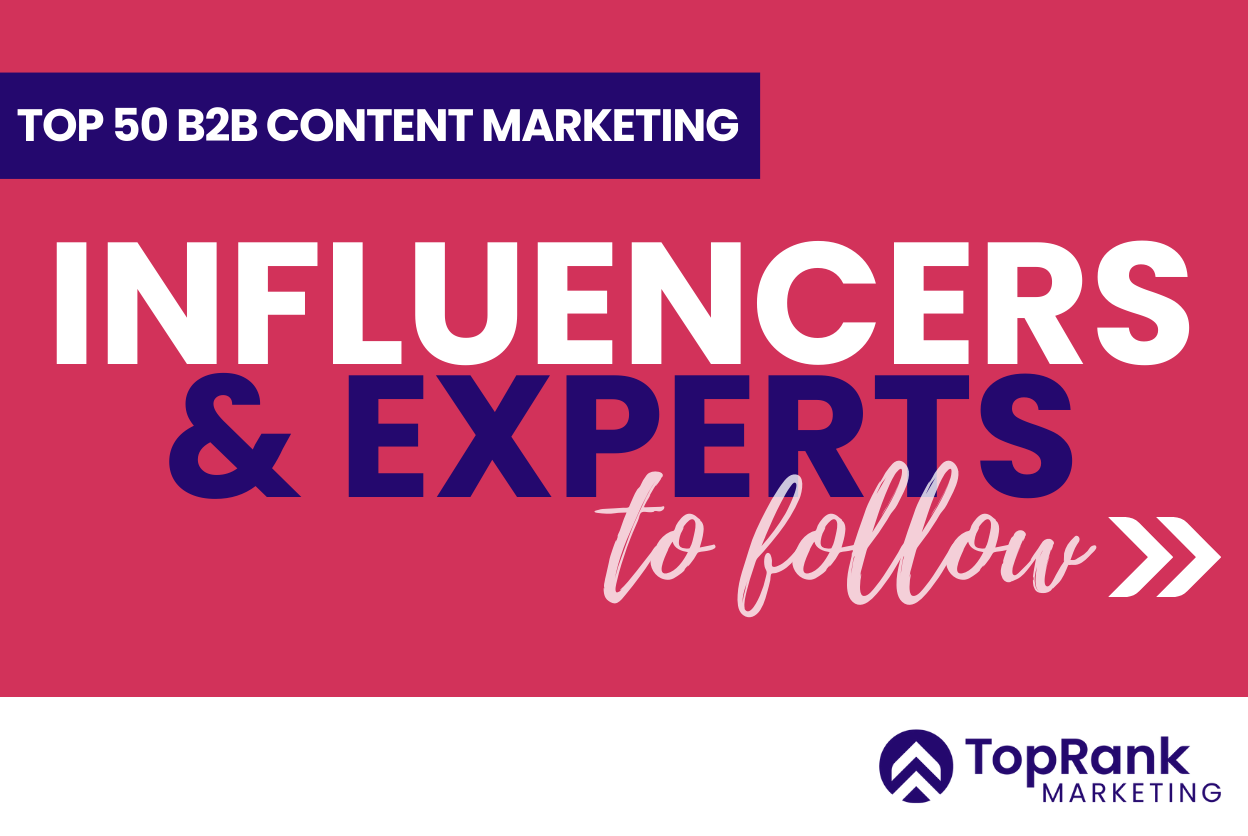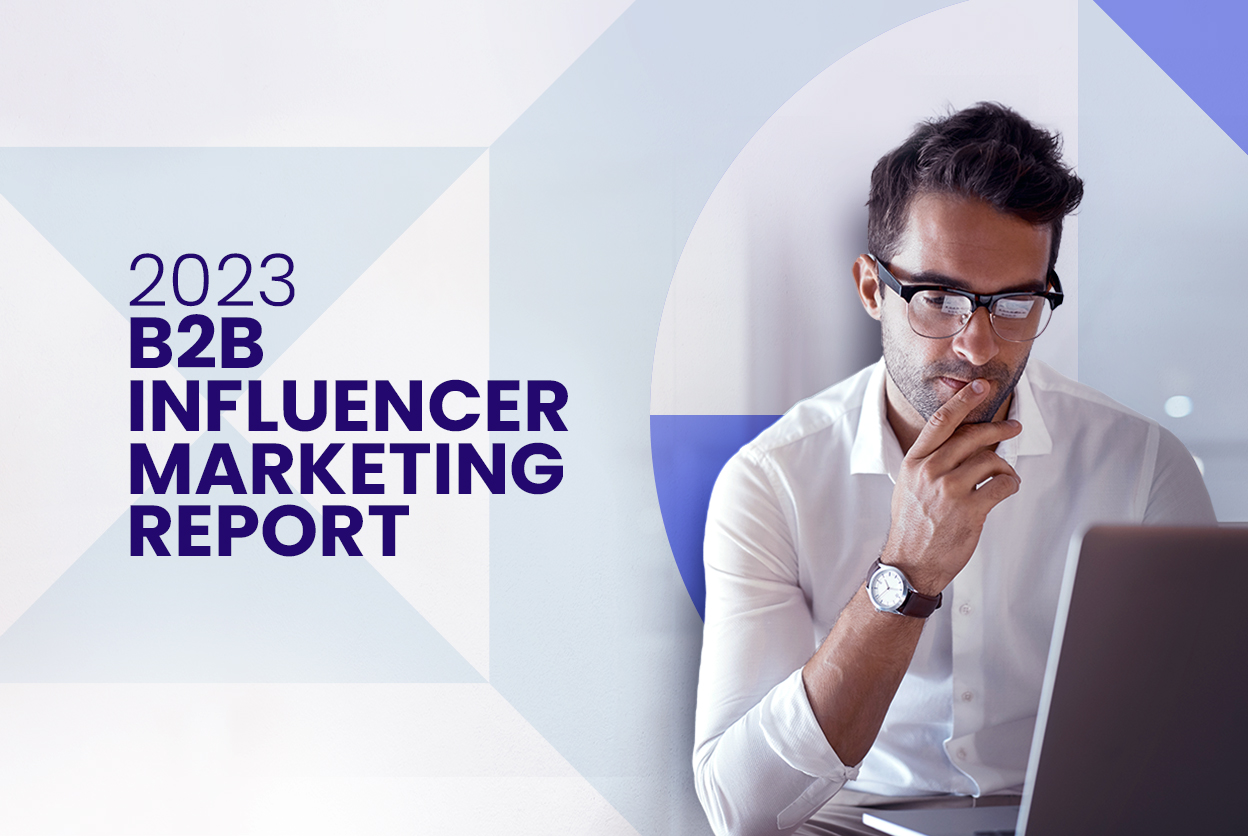Search engines are getting far better at figuring out and matching a searcher’s intent. That means that a big part of search engine optimization (SEO) is writing great content that meets the search intent for specific terms.
Great content isn’t the only factor, though. Search algorithms are still algorithms, not people. If your stellar content doesn’t meet the technical specifications the algorithm is looking for, it will get outranked (yes, even by less impressive content with impeccable technical optimization).
Technical SEO is the key to ensure your website is making a good first impression with Google, Bing and the rest of the pack.
How to conduct a technical SEO audit
We’ve already covered why a general SEO audit is so valuable to content marketing. Now let’s focus on how to fine-tune your site on the technical side.
What is technical SEO?
Technical SEO is the practice of optimizing a website for search engine crawlers. It means making sure the site is both visible and comprehensible to the algorithms that determine rankings.
1. Crawl your site to identify issues
A manual, page-by-page audit might work if your site only has a few pages. For most sites, however, you’ll want to start with a crawling tool. These software tools give your site a thorough check-up, examining every page to identify common problems.
Choose a crawling tool:
Start by selecting the tool that feels most intuitive and best suits your needs. Some common options include Semrush, Moz, and Google Search Console (which has less functionality but is free to use).
Initiate the crawling process:
When you run the site crawler on your site, it will systematically navigate through your pages to uncover details about your site’s architecture, URLs, metadata and more. Look for any error or warning messages that may surface during this crawl.
Review the data:
Once the scan is complete, review the data. Most tools will give you an overall SEO health rating, as well as identify issues like broken links, duplicate content, or missing meta tags. These insights serve as a roadmap for addressing and improving your site’s overall health.
By crawling your site, you’re shining a light on areas that might need attention. In the next few sections, we’ll look at some specific common problems and fixes.
2. Optimize URLs
Your web addresses help guide users and bots alike through your site. Here’s how to make sure your pages are hitting the basic requirements to appear and rank in the search engine results page (SERP).
Indexing:
Confirm that your important pages are indexable. This means that search engines have permission to include it in their databases and are actively crawling the content. Use meta tags or directives to control which pages should be indexed and which should not.
Robots.txt:
Robots.txt is a text file that webmasters create to instruct web robots on how to crawl and index pages on their website. This file is placed at the root of a website and contains directives for which areas of the site should and should not be crawled and indexed. Make sure your public-facing content is not blocked by your robots.txt file.
Internal links and navigation:
An “orphan” page is one with no navigation or links to it — the only way to find it is to type in the URL directly. Search engines are less likely to serve up orphan pages, so make sure each page is discoverable through clear navigation within your site.
Proper canonical tags:
Canonical tags help prevent duplicate content issues by specifying the preferred version of a page. Confirm that canonical tags are appropriately implemented, guiding search engines to the primary version of your content.
3. Optimize your sitemap
Like any map, the purpose of your sitemap is to guide someone (or some bot) through your content. Optimizing your sitemap ensures that search engines can efficiently explore and understand the structure of your site.
Define your sitemap in robots.txt:
This step helps search engine crawlers locate and access your sitemap most efficiently. Defining the map in robots.txt ensures that search engines prioritize crawling and indexing the right pages.
Submit your sitemap file:
Defining your sitemap is the first step, but for search engines to use it, it needs to be manually submitted. Each search engine has its own way to submit the file, such as Google Search Console. This proactive step informs search engines about the existence of your sitemap and accelerates the indexing process.
Include images and video in the sitemap:
Ensure that multimedia content is not overlooked during the crawling process by delineating images and video in your map. Provide detailed information about images and videos to enhance their visibility.
4. Complete your metadata
Metadata helps search engines understand your content, so they can better recommend it to the right searchers. Check each of these features to make sure they’re optimized:
Title Tag:
Title tags serve as the first impression in search results, influencing click-through rates. Ensure they accurately reflect the content and include relevant keywords in the first 60 characters.
Title (H1):
These on-page titles should set up the topic or theme the page will cover, and should be optimized more for the reader than the search engine. It’s best to use only one H1 tag per page.
Unique Meta Description:
Meta descriptions aren’t directly related to ranking, but they do help people choose which link to click on the SERP. A well-written meta description increases your click-through rate, which signals the search engine that your content matches the query.
Social Metadata and Open Graph:
Integrate social metadata, including Open Graph tags for platforms like Facebook and Twitter/X. This enhances how your content appears when shared on social media, improving its visual appeal and clickability.
Language and Location:
If your content is localized, make sure to specify the language and geographical targeting in your meta tags. This information helps search engines match your content to the right global users.
5. Use structured markup for more SERP possibilities
Structured markup, also known as schema markup, makes content more understandable for search engines. With schema in place, your site can appear in “position zero” features like rich snippets and answer boxes.
Identify content types:
Use schema markup for different content types, such as articles, recipes, events, and products.
Highlight specific types of information:
Include relevant structured data elements, like ratings, prices, dates, and author information.
Update makeup regularly
Keep the markup accurate and up-to-date to ensure search engines display the most relevant information in rich snippets.
6. Enhance your content
A technical SEO audit is primarily about the elements that help search engines find your content, not the content itself. But these simple fixes can increase your content’s visibility as well as its user-friendliness.
Minimize duplication:
Duplicate content can confuse search engines and dilute the visibility of your pages. Regularly check for and address any instances of duplicate content. If you need to have multiple versions of the same content, use the canonical tag to prioritize one.
Organize with HTML tags:
Structure your content with HTML tags for headings, subheadings, and paragraphs. For example, this post has a single H1 tag for the title, then an H2 for the broad topic, H3 for subheaders, and bolding for sub-subheaders. All of this makes your content more skimmable for users, and also helps search engines understand the hierarchy and importance of your content.
Use keywords (reasonably):
The days of keyword stuffing are long gone, but integrating relevant keywords naturally into content is still a good idea. It’s good to make sure each page has enough keyword usage to tell the search engine what intent you’re writing for.
Clear authorship:
Authorship is about establishing authority. If Google can see your content was written by an expert on the subject matter, it’s more likely to rank than content with an anonymous or corporate author.
Publish date:
Search engines want to serve up fresh content, especially for timely or news-related queries. Users want to see that the content is recent and relevant, too, so it’s important to display the publication date of your content.
Optimize images and video:
This step is important for both user accessibility and search engine visibility. Ensure that images and videos have descriptive file names, alt text, and attributes. Also keep in mind that search engines can’t “see” images or video (yet). If you have content in a video or image that is relevant for SEO, make sure you reproduce it in plain text elsewhere.
Note that using too much multimedia, or using numerous large high-res images, can negatively impact site load speed, which is an important technical SEO factor.
7. Check your security and backlink reputation
Finally, it’s important to make sure your site proves itself trustworthy, safe and reputable.
Check for relevant backlinks:
For each page, make sure to evaluate the quality and relevance of your backlinks. High-quality content should earn links from reputable and authoritative sources within your industry. Think quality over quantity.
Make sure backlinks are reputable:
Disavow any links from questionable or low-relevance sites. These may negatively impact your site’s credibility. On the other side, check your disavow file to make sure you’re not disavowing good links. Only include links that might harm your site’s SEO.
HTTPS is not optional:
The major search engines, and even most browsers, have gone from warning about insecure links to outright blocking access. As such, a secure connection with HTTPS is now the cost of entry for any content. Make sure your SSL certificate is active and current.
Audit, optimize, repeat
Technical SEO may not be as fun or flashy as the art of creating amazing content. But it’s an essential part of getting your great content in front of the right people. While marketers should always be writing for humans, we should also be optimizing for the bots.
Ready to get started? Get your free SEO report card today.
The post What’s Involved in a Technical SEO Audit? appeared first on B2B Marketing Blog - TopRank®.
